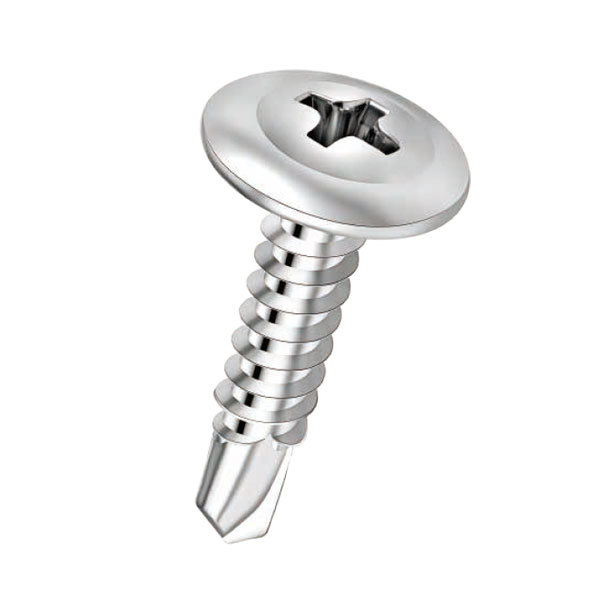Specifications for Purchasing Self-Tapping Screws and Their Applications
Understanding the Buy Self Tapping Screw Specifications
Self-tapping screws are essential components in various construction and manufacturing processes, providing effective fastening solutions without the need for pre-drilled holes. When considering the purchase of self-tapping screws, understanding their specifications is crucial to ensure you choose the right type for your project. This article explores the key specifications that buyers should consider when selecting self-tapping screws.
1. Material Composition
Self-tapping screws are made from various materials, each offering distinct advantages. The most common materials include
- Steel Steel screws are robust and commonly used for metal-to-metal fastening. They are often coated for anti-corrosion purposes. - Stainless Steel These screws are more resistant to rust and corrosion, making them suitable for outdoor or humid environments. - Brass Often used for aesthetic purposes, brass screws are less prone to rust and are non-magnetic. - Plastic For lightweight applications or when electrical insulation is required, plastic self-tapping screws are an option.
Choosing the right material is essential for the screw's durability and suitability for specific environmental conditions.
2. Screw Type
Self-tapping screws come in various designs, including
- Self-tapping sheet metal screws Ideal for fastening metal sheets together. - Wood screws Designed to create a secure grip in wooden materials. - Plastic screws Used for securing plastic materials.
Understanding the intended application and the materials being joined will guide you in selecting the most appropriate screw type.
3. Thread Design
Thread design is another critical specification that affects the screw’s performance. Common thread types include
- Coarse threads Provide greater holding power in softer materials. - Fine threads Offer enhanced grip and are better for harder materials.
The choice between coarse and fine threads will depend on the materials in use and the required holding strength
.4. Head Style
buy self tapping screw specification

The head style of a screw affects its installation and the finished appearance. Common head styles include
- Flat head Sits flush with the surface, ideal for applications where a smooth finish is desired. - Pan head Provides a domed appearance and is easier to drive, suitable for various applications. - Hex head Allows for increased torque during installation and is used in heavy-duty applications.
Selecting the right head style is important for both functionality and aesthetic considerations.
5. Length and Diameter
Screw length and diameter are critical to ensuring that the self-tapping screws can adequately penetrate the materials being fastened. Typically, screw lengths vary from 1/4 inch to several inches, and diameters are measured in gauge (such as 6, 8, 10). Choosing the right length and diameter ensures that the screw provides sufficient grip without compromising the integrity of the materials.
6. Point Type
The point type of a self-tapping screw determines how the screw penetrates the material. Common point types include
- Sharp point Ideal for softer materials, this point easily pierces the surface. - Blunt point Suitable for pre-drilled holes or hard materials, providing controlled penetration.
Understanding point types will enhance your ability to choose screws that minimize damage to materials.
7. Finish and Coating
Finally, the finish or coating of a self-tapping screw plays an important role in its performance. Common finishes include
- Zinc plating Offers basic corrosion resistance. - Black oxide Provides a sleek look and some level of rust protection. - Epoxy coating Delivers superior corrosion resistance in harsh environments.
Selecting the right finish is crucial for the longevity of the screws, especially in environments prone to moisture or chemicals.
Conclusion
In conclusion, purchasing self-tapping screws requires careful consideration of various specifications, including material composition, screw type, thread design, head style, length and diameter, point type, and finish. By understanding these factors, buyers can make informed decisions that ensure the effectiveness and durability of their fastening solutions. Whether you are a DIY enthusiast or a professional, having a comprehensive understanding of self-tapping screw specifications is essential for successful projects.
-
Top Choices for Plasterboard FixingNewsDec.26,2024
-
The Versatility of Specialty WashersNewsDec.26,2024
-
Secure Your ProjectsNewsDec.26,2024
-
Essential Screws for Chipboard Flooring ProjectsNewsDec.26,2024
-
Choosing the Right Drywall ScrewsNewsDec.26,2024
-
Black Phosphate Screws for Superior PerformanceNewsDec.26,2024
-
The Versatile Choice of Nylon Flat Washers for Your NeedsNewsDec.18,2024










